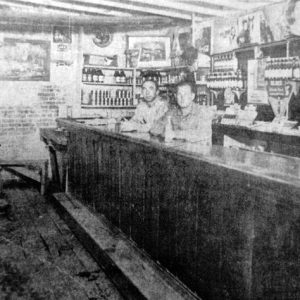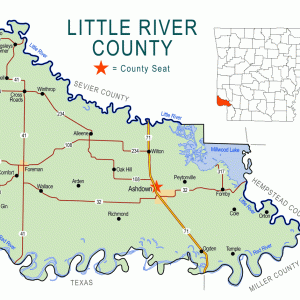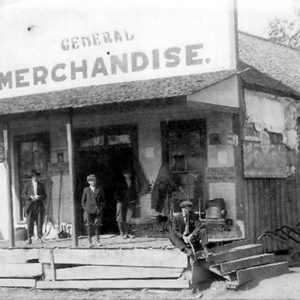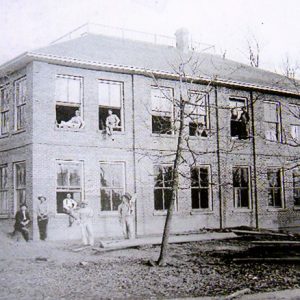calsfoundation@cals.org
Winthrop (Little River County)
| Latitude and Longitude: | 33º49’54″N 094º21’17″W |
| Elevation: | 335 feet |
| Area: | 1.04 square miles (2020 Census) |
| Population: | 116 (2020 Census) |
| Incorporation Date: | May 12, 1912 |
Historical Population as per the U.S. Census:
|
1810 |
1820 |
1830 |
1840 |
1850 |
1860 |
1870 |
1880 |
1890 |
1900 |
|
– |
– |
– |
– |
– |
– |
– |
– |
– |
– |
|
1910 |
1920 |
1930 |
1940 |
1950 |
1960 |
1970 |
1980 |
1990 |
2000 |
|
– |
250 |
331 |
336 |
284 |
225 |
240 |
238 |
227 |
186 |
|
2010 |
2020 |
|
|
|
|
|
|
|
|
|
192 |
116 |
|
|
|
|
|
|
|
|
Winthrop is located in Little River County, in the extreme southwestern portion of the state of Arkansas. It is situated on Highway 234, approximately eight miles north of Foreman (Little River County) and fifteen miles northwest of Ashdown (Little River County). Winthrop does not lie on any main traffic route, since most traffic passes through on Highway 71 to the east and Highway 41 to the west. Winthrop is perhaps best known as the 1964 and 1966 kick-off headquarters for Winthrop Rockefeller’s campaigns to serve as governor of Arkansas.
In April 1860, Kinion Whittington obtained a patent from the United States for the area that would later become the central portion of the town of Winthrop. Early records indicate that Zachary Taylor Morgan purchased a forty-acre tract of land for $82.55 in 1881, which later became the northeast section of town. W. R. Golden eventually sold the town-site company 160 more acres that would form the southwest section of Winthrop, and forty acres were purchased from Ben Davis of Chapel Hill (Sevier County). Amanda Whittington Morgan, the wife of Zachary Taylor Morgan, deeded the town site fifteen acres that were occupied by the railway camp.
The Klondike Lumber Company operated a large sawmill in Winthrop prior to 1894. A small settlement developed around the mill, with surrounding communities beginning to develop as well. Abundant lumber resources and well-drained sandy soils attracted settlers to the area.
W. C Merrit, contracting engineer for the Kansas City Southern Railroad, surveyed the town site in spring of 1894, and tracks were laid during Christmas week of that same year. Merrit filed the plat for public record in the Little River County Courthouse in 1894 as well. The post office was moved from Little River (Little River County) to Winthrop on December 31, 1894, with John A. Sessions Sr. serving as the first postmaster. Agriculture replaced the lumber business as the primary source of income for the local residents, who diversified their economic base by growing cotton, corn, peanuts, and oats. W. G. Reed built the cotton gin and feed mill. Dr. William Madison Lambert was one of the first doctors to practice in Winthrop when he moved his practice from nearby Wilton (Little River County). The first hotel was built by Sanford Wright and was called the Winthrop House. Local stores sprang up as the railroad encouraged a shipping and market center for livestock as well as a planing mill, a saloon, and a pool hall. J. A. Brilbrey managed the local livery stable. The Sessions Land Company issued a paper to advertise real estate for the area, providing illustrations of the first churches, which included Baptist and Methodist churches. The Reformed Latter Day Saints purchased a wooden school building (called Bethlehem in 1899) and moved it from its location to serve as their meeting place.
The official incorporation of Winthrop occurred on May 12, 1912. Local residents recalled that the town was named by the railroad company.
The Drake brothers operated a planing mill, shingle mill, and grist mill. With early growth encouraged by the railroad, the population reportedly peaked in 1922 at 750, and the community had a pharmacy, bank, hardware store, blacksmith shop, bakery, barbershop, shoe repair shop, and ice house. The new brick school building was built in 1913, and it continued to serve the community of Winthrop until consolidation with the Horatio School District in 1992. A small jail that was constructed in 1912 remains standing in the twenty-first century.
The approach of the Great Depression and the failure of the banks in 1926 signaled the beginning of hard times in Winthrop. Local men made crossties to increase their family income, in addition to farming and timber. The 1930s brought a severe drought that affected agriculture, making it difficult for people to raise sustenance vegetable gardens or to make a living from cash crops such as cotton.
By the late 1930s, a pulpwood mill and a market for dairy milk had been established in nearby De Queen (Sevier County). A local dance hall named the Dipsey Doodle opened in 1936. One photograph of the dance hall remains in the Winthrop School Museum. Winthrop residents participated in both world wars.
Twenty-first-century Winthrop is a small community with a population of 192 (as of the 2010 census), supporting local churches, a post office, a library, a convenience store, and a small café. The Winthrop Rockefeller Foundation donated funds for a city park, which residents maintain. The old schoolhouse is now known as the Winthrop School Museum and currently serves the town as a city hall and museum housing artifacts, primary documents, and town records, as well as local school records and materials relating to area veterans.
Notable Winthrop residents include Leeona Evans, Francis Holder, and Florence Holder, women who played professional barnstorming basketball in the 1950s for the Texas Cowgirls.
For additional information:
Beasley, Bill. Little River County. Ashdown, AR: Little River County Historical Society, 1986
“Winthrop Started by KC Railway.” Little River News, February 23, 1984, p. 5.
Jackie Roberts
Dallas, Texas
 Dipsey Doodle
Dipsey Doodle  Little River County Map
Little River County Map  Winthrop Jail
Winthrop Jail  Winthrop Store
Winthrop Store  Winthrop School Construction
Winthrop School Construction  Winthrop Street Scene
Winthrop Street Scene 




Comments
No comments on this entry yet.